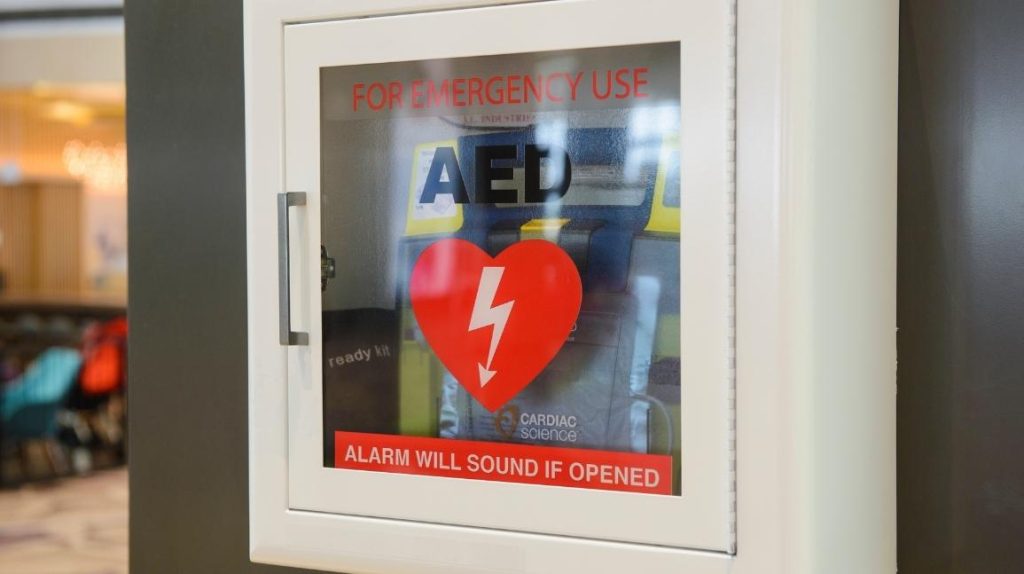
Unlike most products, AEDs may be unused for long periods of time before they are needed during an emergency. And, when an AED needs to be used, it is usually during a life-or-death situation that happens suddenly and without warning!
If an AED isn’t properly maintained, the consequences can be tragic. Without receiving ongoing maintenance, AEDs may not be working correctly or their disposable parts (like electrode pads and batteries) may expire. As a result, someone could die when they could have otherwise been saved by the AED.
How Do You Maintain an AED?
One of the biggest challenges with maintaining an AED is that there isn’t a standard maintenance protocol for all devices. Maintenance requirements and processes vary from one AED model to another. Not to mention, the maintenance requirements can often be time-consuming, expensive, and burdensome.
While specific requirements vary by manufacturer, here are some basic procedures for an inspection that can keep your AED ready to respond in a heartbeat.
Daily:Some units have a status indicator light you can check daily as you walk by the AED. Green indicates readiness; red indicates a problem.
Monthly or Annually:
- Visually inspect your AED.Look for dirt, damage, or contamination.
- Inspect electrodes.All electrodes (sticky pads) should be unexpired and in their original, sealed packages. It’s good to have at least two sets for adults and one set for children.
- Test primary battery.Some models feature a “test” button. On models without one, push the “on” button. If the unit prompts you to attach the electrodes, the battery’s working properly.
- Test backup battery.Make sure a backup battery is stored with the AED. This is crucial, because defibrillation can deplete the primary battery. Test the secondary battery by removing the primary battery and following the same process as you did with the first one.
- Keep it charged.Keeping an AED plugged into the wall when it’s not being used helps keep the primary battery from losing its charge over time. It’s especially important for devices that sit idle for long periods.
- Check data card.Some models record information about the cardiac arrest on a removable computer data card. Make sure a functioning card is installed.
- Stock secondary supplies.Some items that are helpful to stock in your AED kit include alcohol prep pads, razors, gloves, scissors, and a small towel or cloth. Electrodes require a good connection to function, so you may need to clean the person’s skin or trim thick chest hair.